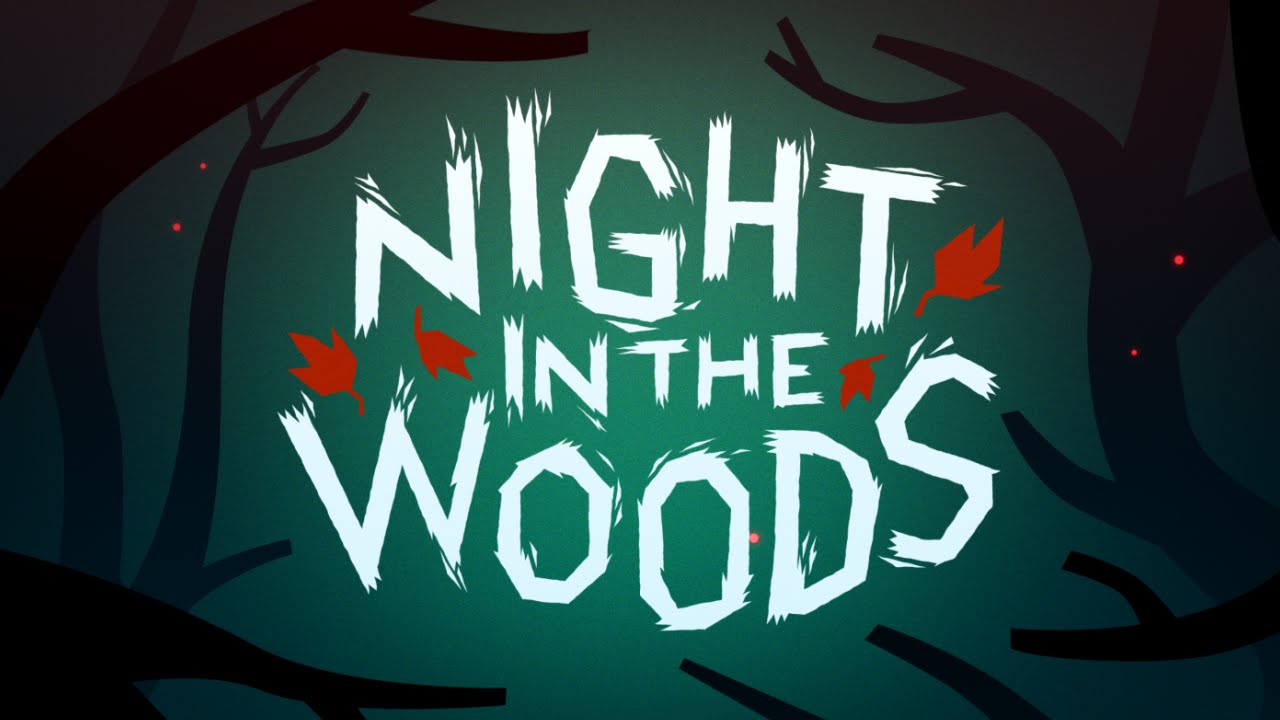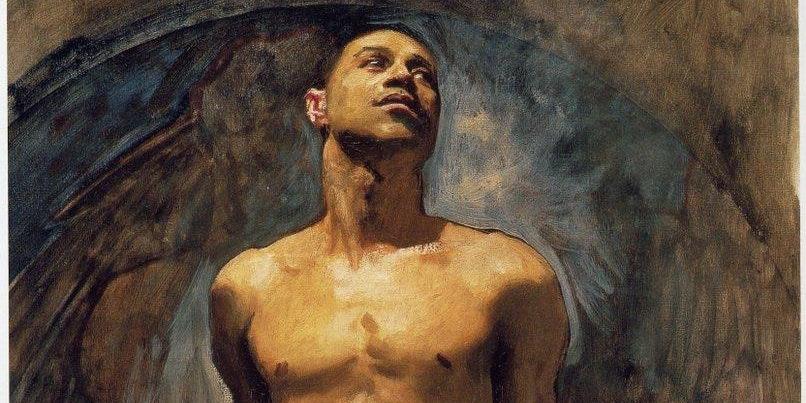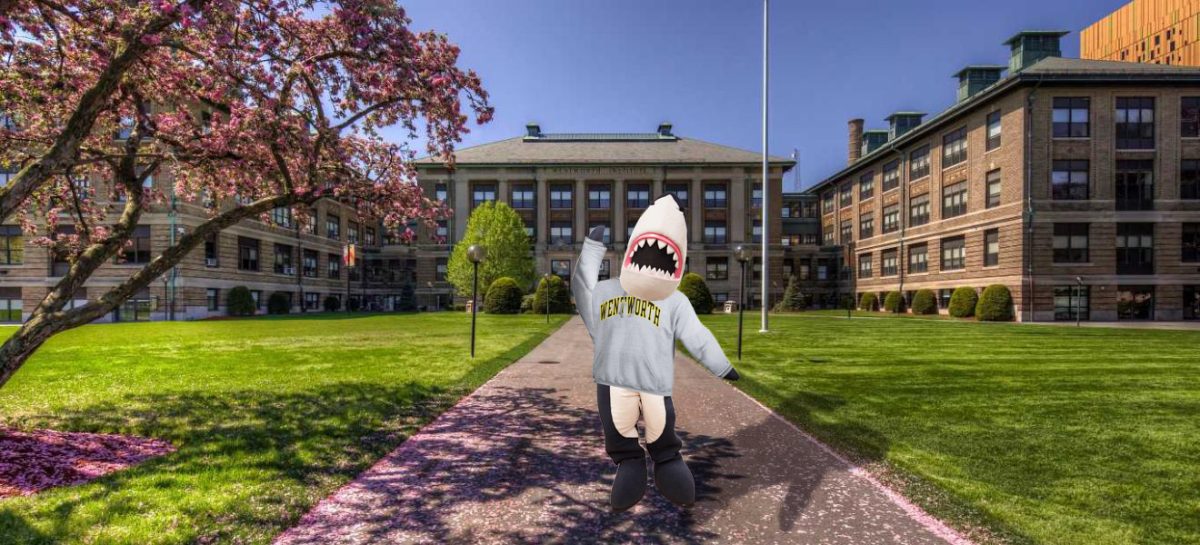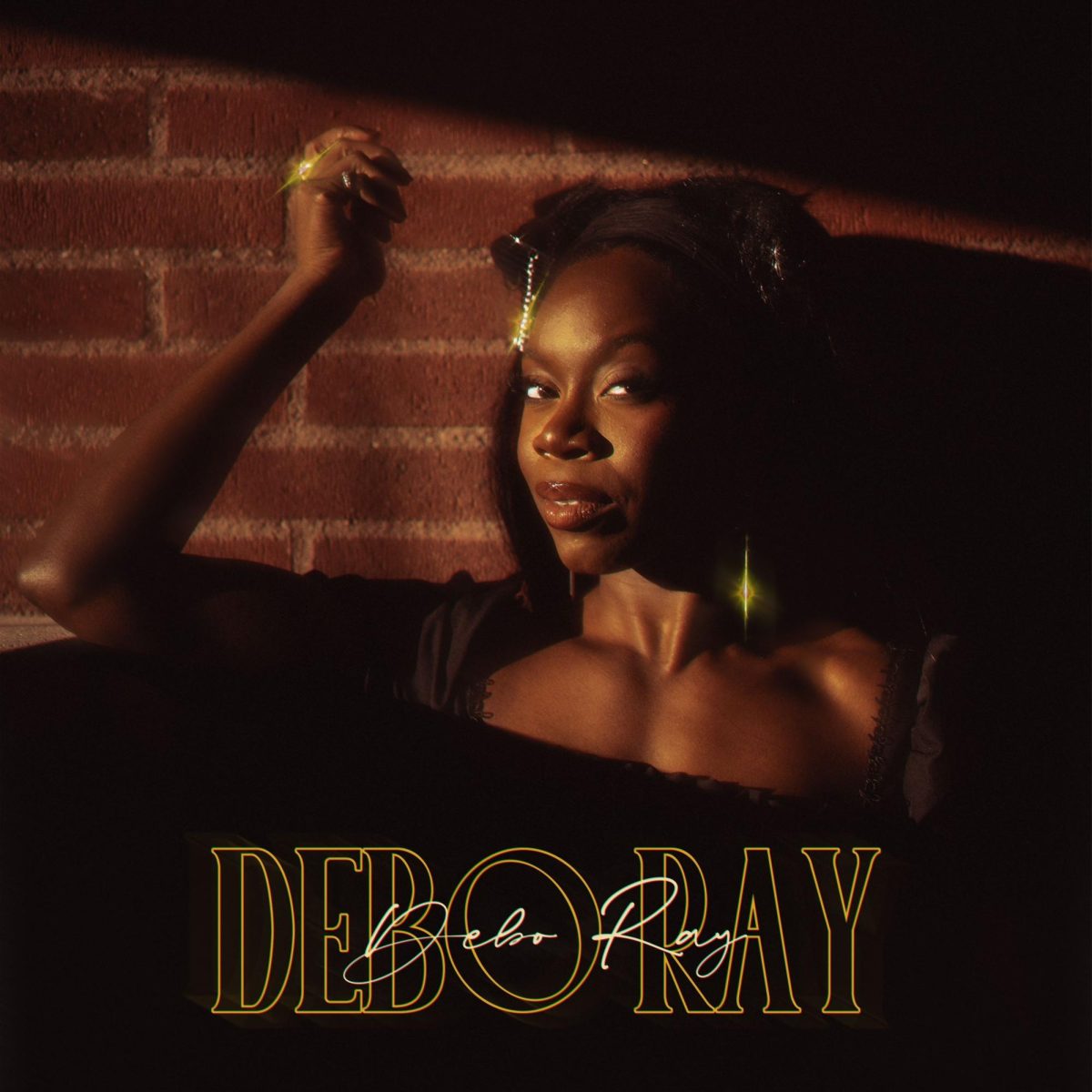By Jack O’Dwyer
Staff Writer
There’s something to be said about games that represent a slice of life in another world. Studios like Telltale Games have been made famous by their trademark emphasis on storytelling as the backbone of their productions – and with good reason. The amount of effort that goes into building worlds and plotlines is often overlooked in video games. However, as technology evolves, games have become an effective way to communicate emotion and attachment in stories by placing the user in the role of protagonist.
“Night in the Woods” is one such game that takes full advantage of this. It was first announced on Kickstarter back in October of 2013 with a goal of $50,000. That goal was surpassed within 26 hours and the project went on to accumulate over $200,000 by the end of the fundraiser. Its development team, Infinite Fall, has only three people: Bethany Hockenberry, Alec Holowka, and Scott Benson. They created everything you see in-game from the programming and writing to its unique 2D art style.

Between the announcement of “Night in the Woods” and its eventual publication by Finji on Feb 21, Infinite Fall released two companion games: “The Longest Night” and “The Lost Constellation.” These help flesh out the world you adventure in and explain some of its details.
This single-player adventure handles like a non-combat platformer. You spend most of the game jumping around and getting into places you generally aren’t supposed to be, like on top of telephone poles or climbing into someone else’s windows. There isn’t much of a distinct goal aside from finishing the story. Your outcome in the game is mostly based on your interactions with those around you and how you choose to build relationships with your friends. However, it has tremendous replay value as it’s impossible to unlock all the dialogue and entries into your journal on a single play-through.
“Night in the Woods” places you in the shoes of 20-year-old Mae Borowski, who has decided to return to her hometown of Possum Springs after dropping out of college. She spends most of her time hanging out with the friends she left behind until she starts having vivid nightmares. Slowly, she and her friends uncover a series of strange disappearances and happenings inside their town. Mae’s mental health erodes over the course of the game and it’s discovered that she’s been having problems with disassociation from the world around her.
Surprisingly, the issue of mental health is handled extremely well. Mae doesn’t turn into a martyr for her illness and isn’t seen as a burden by her friends once they realize what’s going on. She is a character who is suffering, but it is not used as a tool to drive the main plot forward. She simply exists with it, which is something I found refreshing. However, the ramifications of her episodes – including one that happened six years ago – are tangible and ripple throughout the time you spend playing the game.
“Night in the Woods” deals a lot with the sensation of being lost in the world and being unable to find your place. It stirs up the fear of being left behind by the world around you as you struggle to find out who you are. Mae returns home to find that the town she once knew has gone on to change while she was gone. Her friends have all but moved on to having full-time careers and realistic plans for their futures. It’s a relevant message for people around the age of the protagonist and college students. It draws attention to the anxiety that surrounding the end of adolescence and the beginning of adulthood, encouraging us to, at the end of everything, hold on to anything.
“Night in the Woods” is available for PC, Mac, and Linux systems on its website and Steam, as well as Playstation 4.




















